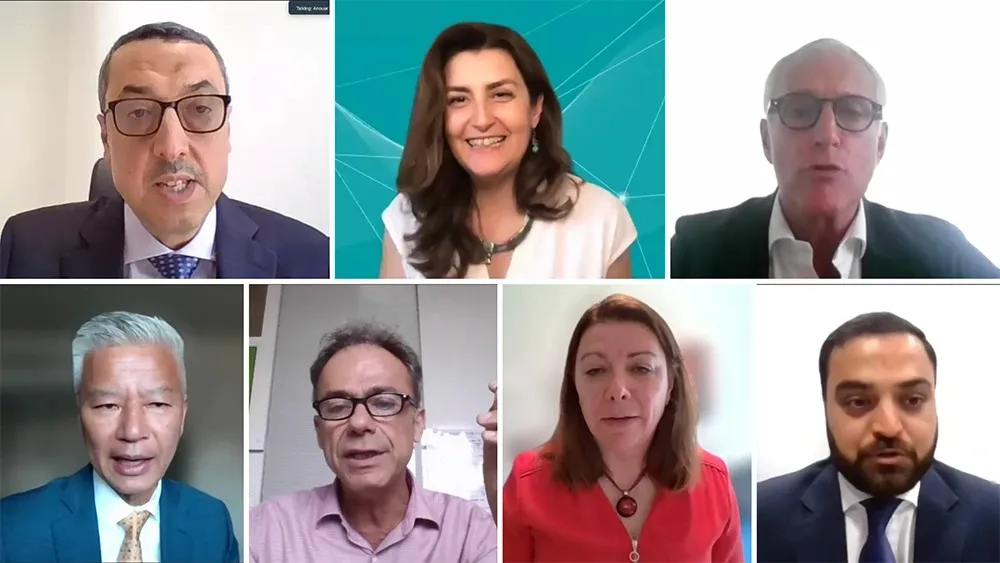A specially adapted Sideway-force Coefficient Routine Investigation Machine (SCRIM) manufactured by UK company WDM and used by the New Zealand Transport Agency (NZTA) to survey the country’s road network has been, says NZTA ‘a very efficient and effective safety strategy’.
SCRIM measures wet road resistance and uses lasers to scan the road surface. Video technology helps delivers a complete set of highway asset data. WDM has also helped NZTA develop the first state highway skid resistance policy. As a r
January 30, 2014
Read time: 1 min
A specially adapted Sideway-force Coefficient Routine Investigation Machine (SCRIM) manufactured by UK company WDM and used by the 6296 New Zealand Transport Agency (NZTA) to survey the country’s road network has been, says NZTA ‘a very efficient and effective safety strategy’.
SCRIM measures wet road resistance and uses lasers to scan the road surface. Video technology helps delivers a complete set of highway asset data. WDM has also helped NZTA develop the first state highway skid resistance policy. As a result, up to 250 crashes are estimated to have been prevented, saving the economy around US$132 million.
NZTA says the return on investment is between 13 and 35 times and the two organisations have renewed their partnership, enabling WDM to continue to develop SCRIM technology.
SCRIM measures wet road resistance and uses lasers to scan the road surface. Video technology helps delivers a complete set of highway asset data. WDM has also helped NZTA develop the first state highway skid resistance policy. As a result, up to 250 crashes are estimated to have been prevented, saving the economy around US$132 million.
NZTA says the return on investment is between 13 and 35 times and the two organisations have renewed their partnership, enabling WDM to continue to develop SCRIM technology.










